Gordon Pitches Wyoming Gas — and Critical Minerals — as the Fast Lane to Asia
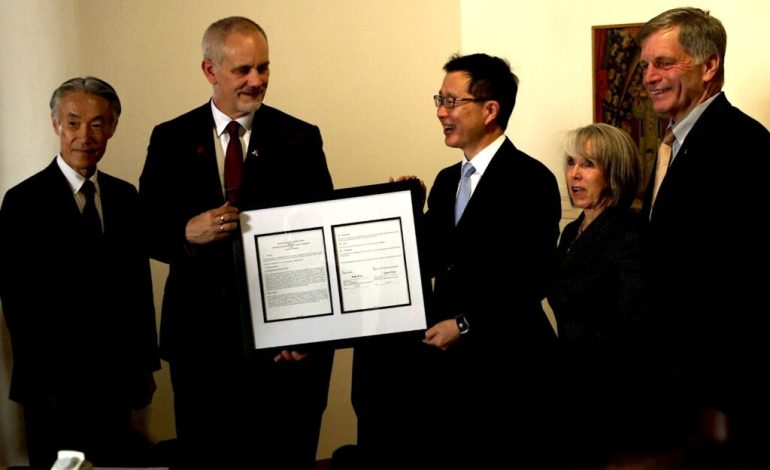
Wyoming’s energy sales pitch went on the road this week. Gov. Mark Gordon spent Monday in Santa Fe, joining New Mexico Gov. Michelle Lujan Grisham and Japan’s ambassador to the US, Shigeo Yamada, for a pair of “Advanced Energy Landscape” roundtables aimed at getting Rocky Mountain molecules to market faster — at home and abroad, WV News reports.
The conversations centered on three levers: prioritizing Western natural gas for global and domestic buyers, trimming red tape, and leaning into public-private partnerships so projects get built on time and on budget. Gordon’s through line was simple: the quicker and cheaper Wyoming gas moves, the more competitive it becomes.
“Wyoming gas is uniquely well suited for domestic use and export,” he said, arguing that rapid routes to key US hubs and Asian ports would feed demand and grow the Cowboy State’s economy.
He also made clear the agenda isn’t gas-only, saying the groundwork is being laid to expand markets for Wyoming energy and critical minerals.
A new study unveiled at the meetings — the Rocky Mountain Gas Roadmap and Implementation Playbook — puts some muscle behind that idea. It outlines two corridors that use existing rights-of-way to move Rockies gas to booming US demand centers and, crucially, to Pacific export terminals without detouring through the Gulf Coast. The Pacific Northwest Pathway and the Southwest Pathway are pitched as the fastest, lowest-cost options to reach Asian buyers while dodging Panama Canal bottlenecks. Wyoming, neighboring states, and several tribes helped fund the work, and Gordon backed the thesis that these routes can beat Gulf shipments on time and price.
The Japan angle wasn’t just ceremonial. Gordon continued a dialogue with Ambassador Yamada that began on a trade swing to Tokyo, pressing the case that Asian demand will drive the next leg of global energy growth and that Wyoming can be a reliable supplier if logistics line up. He framed guaranteed, efficient routes to Asia as insurance for the state’s core industries in a volatile market.
Santa Fe also produced a tech twist that connects back to energy. New Mexico State University and Fujitsu signed a memorandum of understanding to create an innovation hub in Las Cruces that will field-test the company’s AI and edge-computing hardware, with applications from agriculture and water monitoring to aerospace and clean power. It’s the kind of digital backbone that could eventually support smarter grids, methane monitoring, and high-efficiency operations along those proposed gas corridors.
For now, the sell is straightforward: leverage existing infrastructure, streamline permitting, and knit together public capital, private expertise, and international demand so Wyoming’s gas — and its broader resource base — can move quickly where it’s wanted most. As Gordon put it, locking in fast, dependable pathways to Asia isn’t just a trade play; it’s a strategy to keep Wyoming’s energy future bright.
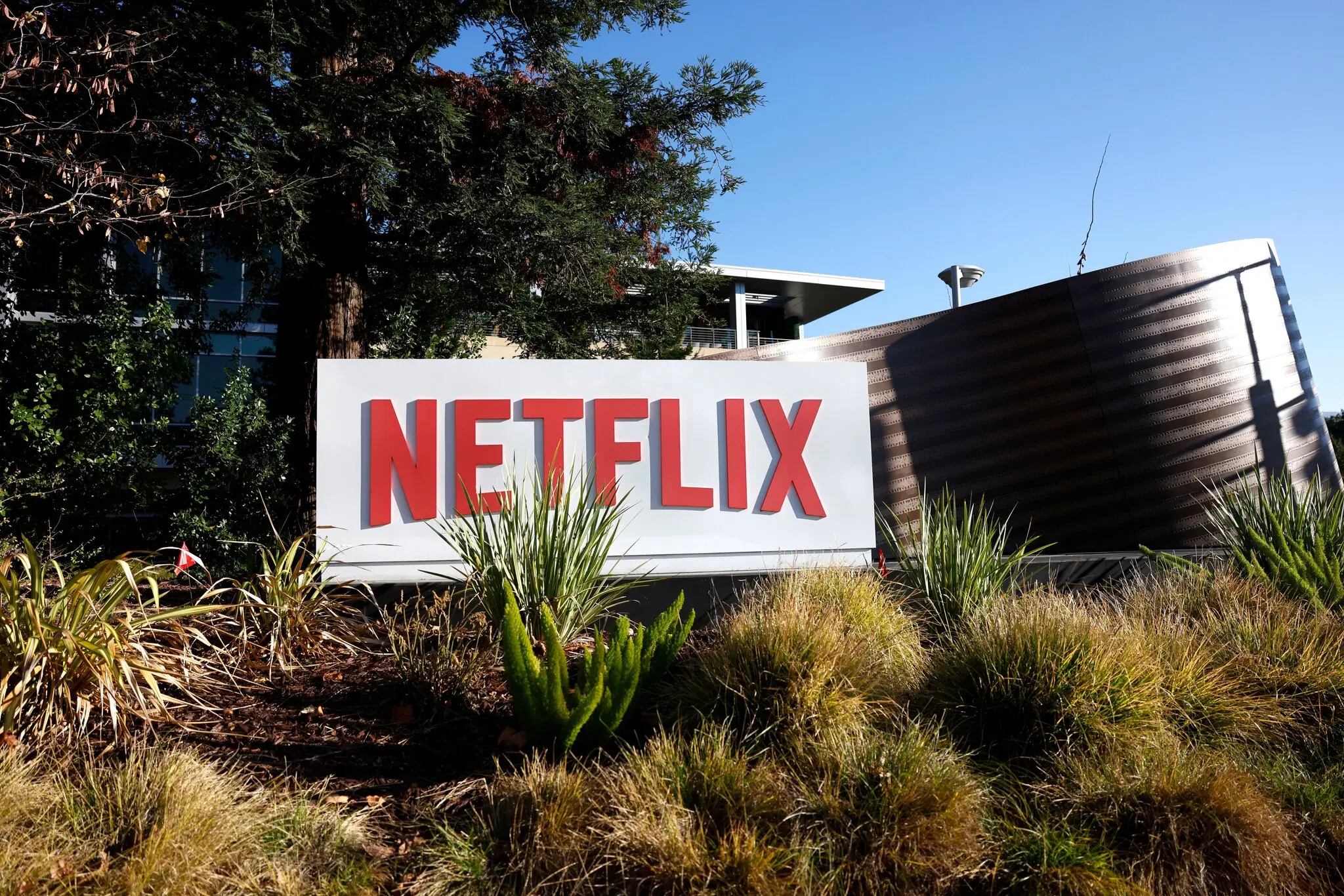
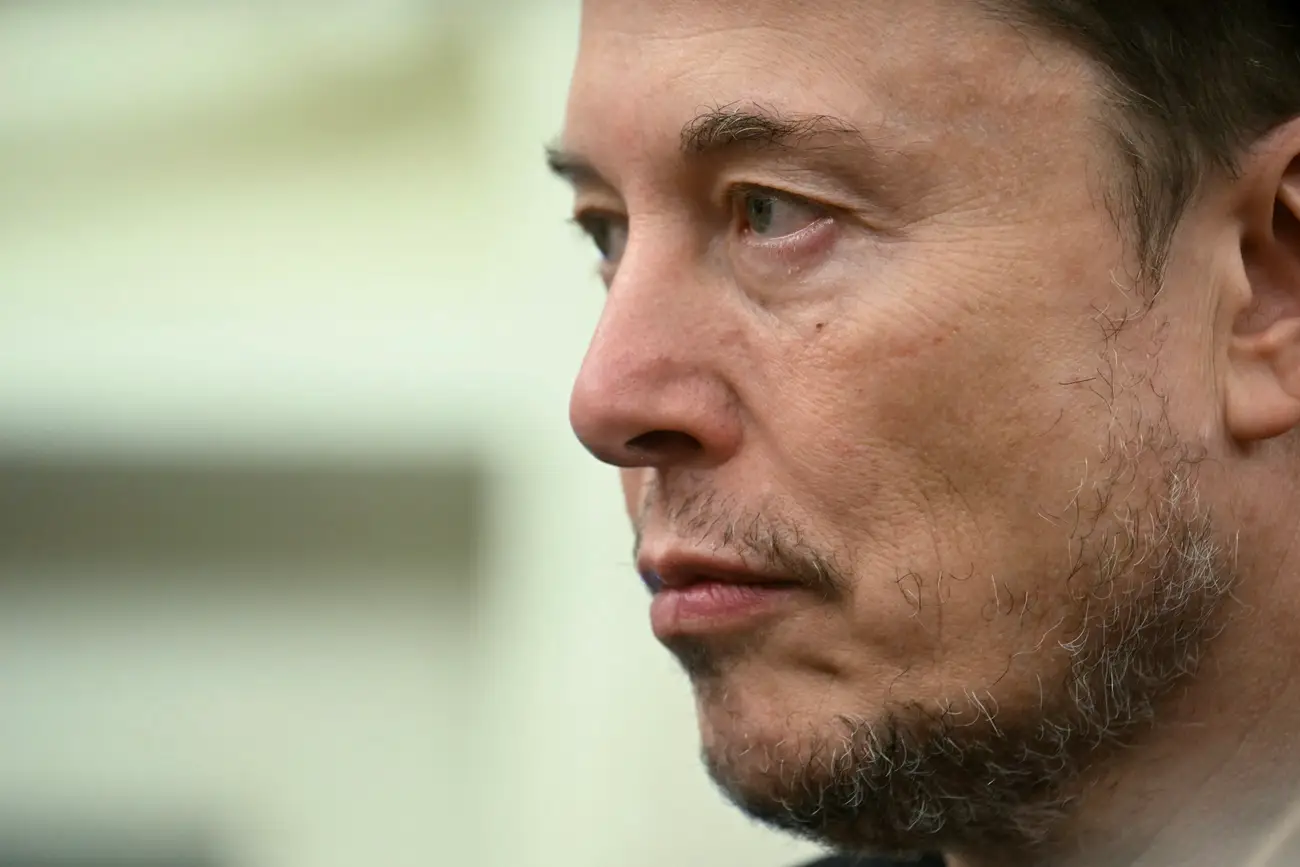
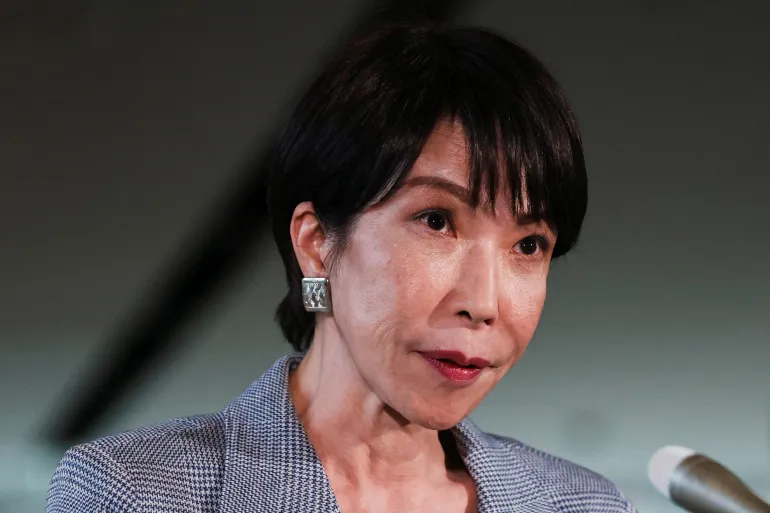

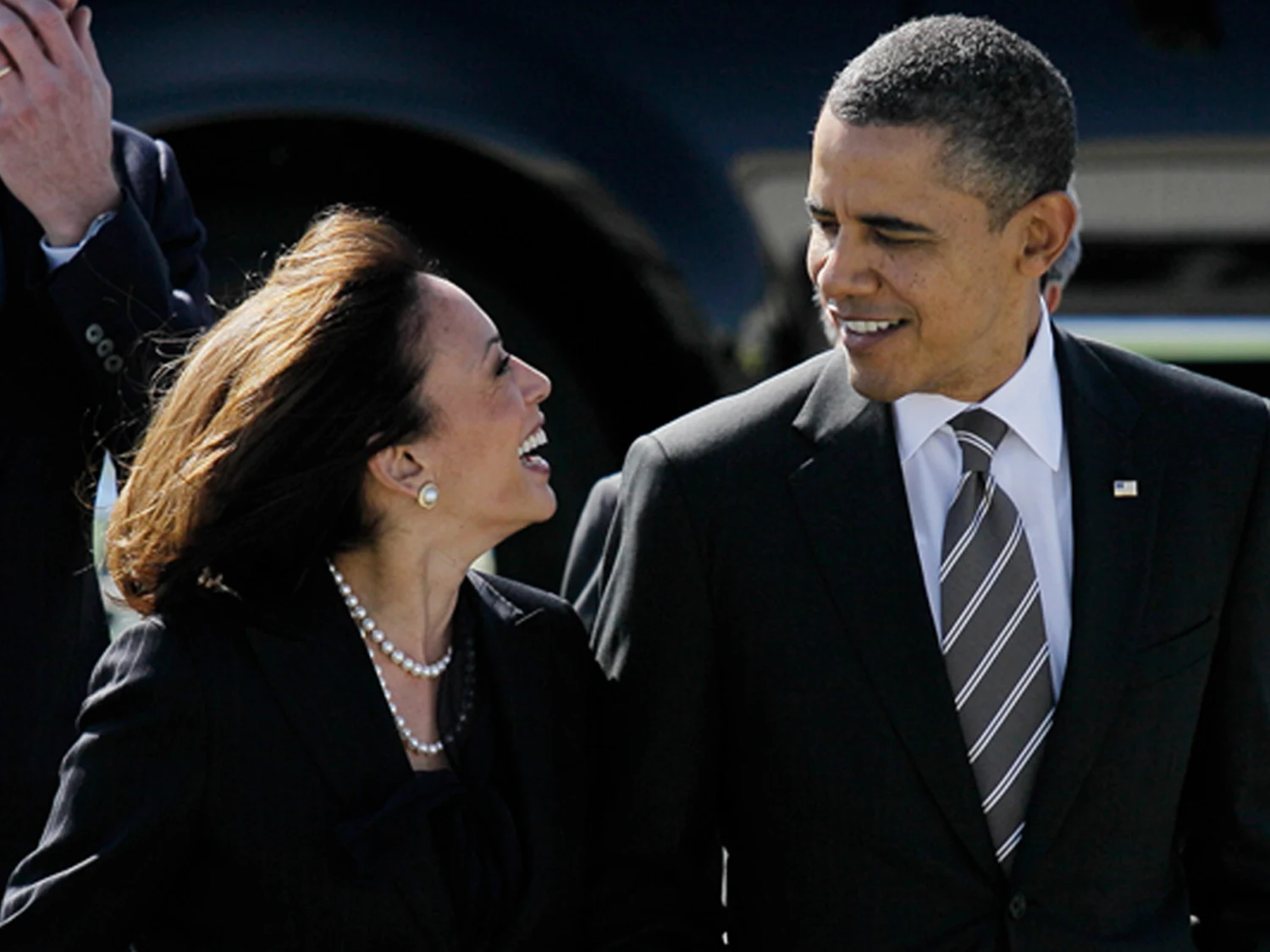


The latest news in your social feeds
Subscribe to our social media platforms to stay tuned